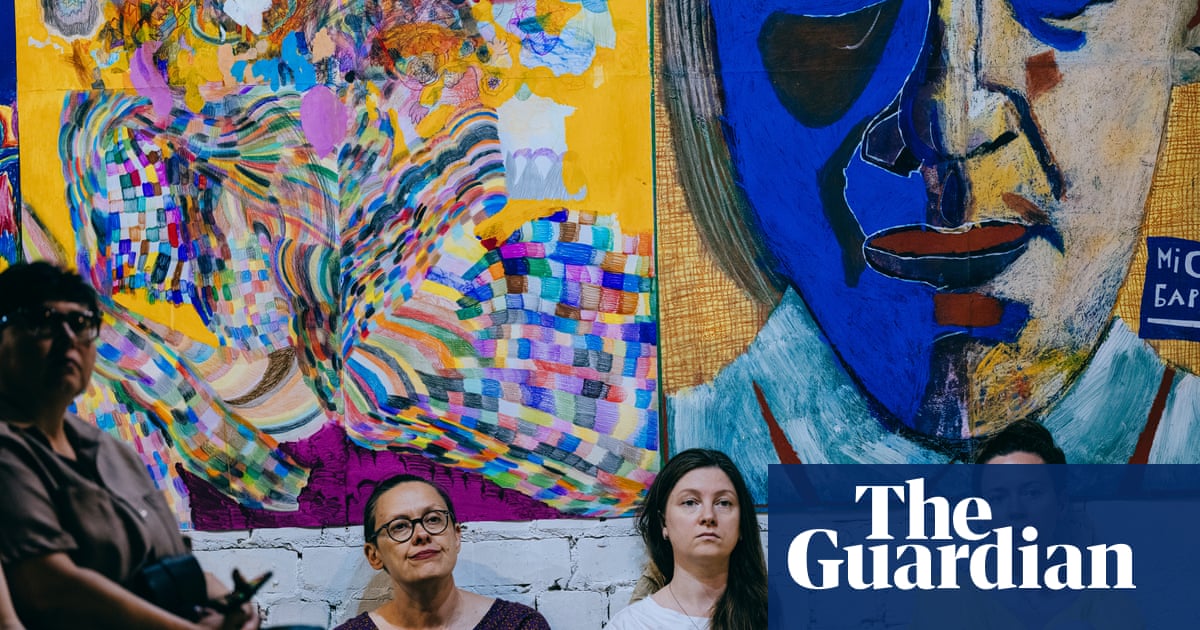
"Public sculptures in Kharkiv are wrapped in sandbags for protection, while flowerbeds in parks are meticulously maintained, creating a juxtaposition of beauty and destruction in the city."
"The magnificent Derzhprom building, a constructivist masterpiece, now suffers extensive damage, exemplifying the city's struggle as windows shattered from nightly explosions are replaced with chipboard."
"Cultural life in Kharkiv persists, primarily underground; theatres operate from basements, and community events are held in subterranean bookshops, reflecting resilience amid adversity."
"Kostiantyn Zorkin's art symbolizes wartime Kharkiv as a ship in stormy seas, depicting the situation of its inhabitants, either displaced or determined to stay."
Kharkiv, situated 18 miles from the Russian border, presents a juxtaposition of care and destruction. Public sculptures are fortified with sandbags, while well-kept flowerbeds thrive in parks. Yet, the impact of Russian attacks is evident with battered buildings and makeshift window repairs across the city. Cultural activities continue mainly underground, as theatres and event venues operate in basements. Visual artist Kostiantyn Zorkin's work captures the wartime atmosphere, depicting the city as a ship in turbulent seas. The current population consists of those displaced from more dangerous areas and locals who remain out of necessity or determination.
Read at www.theguardian.com
Unable to calculate read time
Collection
[
|
...
]